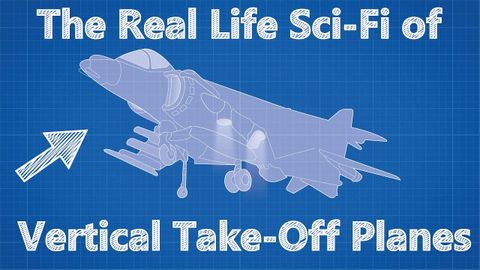垂直起飞的现实生活科幻(The Real Life Sci-Fi of Vertical Take-Off Planes)
joey joey 發佈於 2021 年 06 月 01 日  沒有此條件下的單字
沒有此條件下的單字US /ˈɛpɪˌsod/
・
UK /'epɪsəʊd/
- n.插曲;集;(電視或廣播節目的)一集;事件;一段時期;(疾病的)發作
US /ˈækjərɪt/
・
UK /ˈækjərət/
US /fɔrs, fors/
・
UK /fɔ:s/
- n.軍隊;力;強迫;武力;影響力;力量;警力
- v.t.被迫;強行打開;催生
US /bɪˈzɑr/
・
UK /bɪˈzɑ:(r)/

